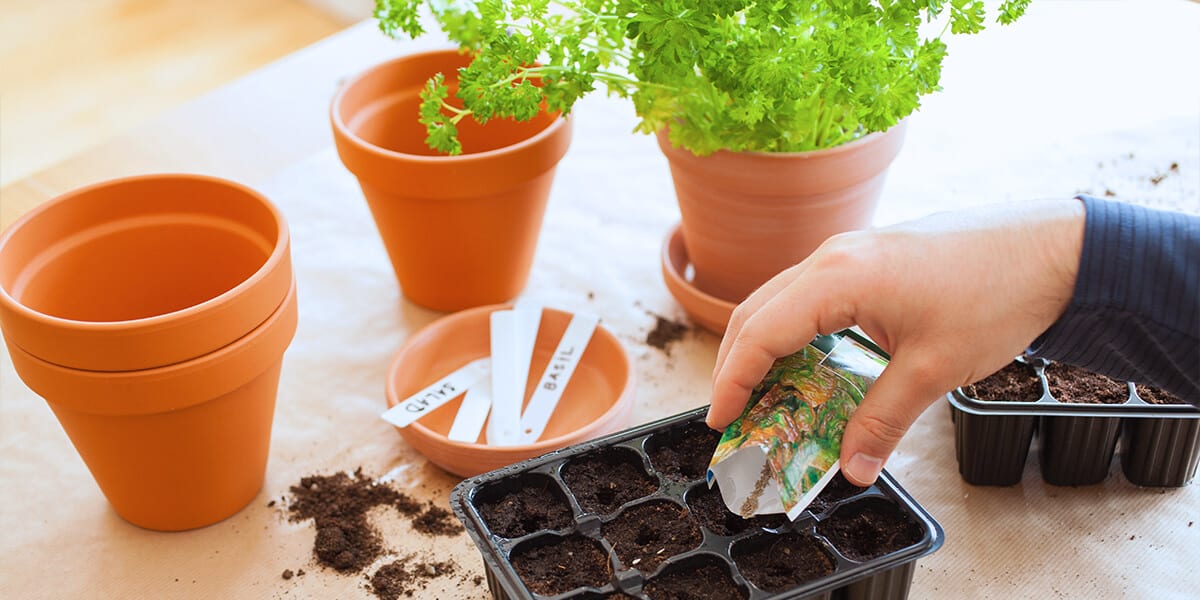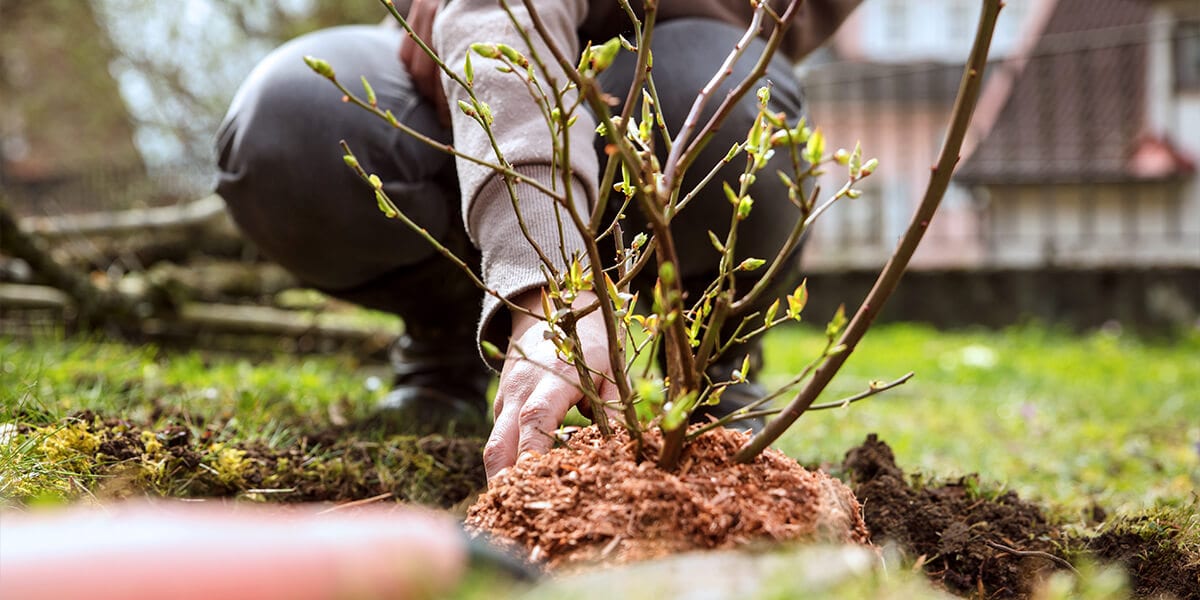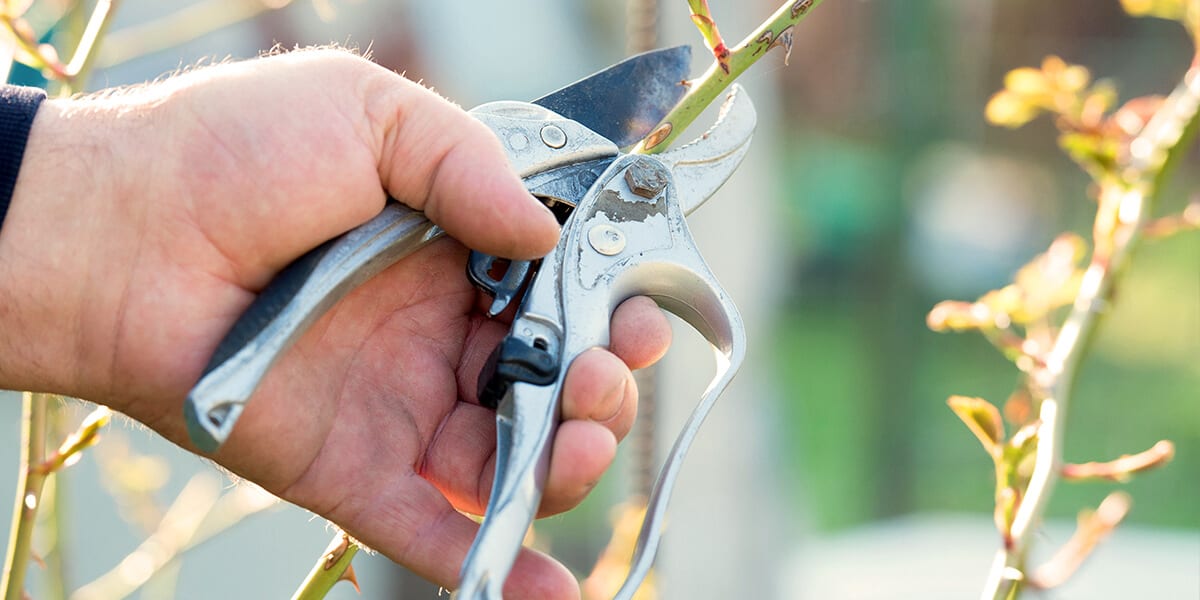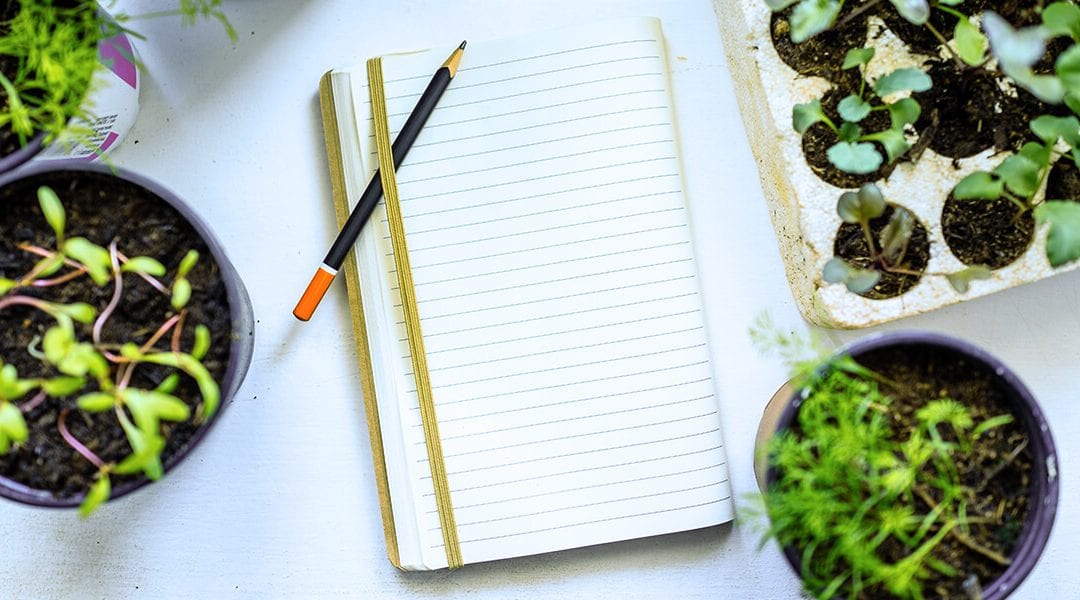To get from the dreaming stage to the doing stage, we need a plan. This is where the fun starts, but also where we have to get specific. Did you keep a garden log last year? If so, that will be helpful when planning for this year. Whether you did or not, you can still make a good plan for your garden. A schedule for sowing seeds, planting trees and shrubs, and pruning, as well as any new landscape projects, are the major events to consider.
Planning Your Vegetable Garden

1. Know Your First and Last Frost Dates
Knowing the last frost date is key to planning your vegetable garden. That date determines when you can sow seeds outside and when you should start seeds indoors. The first frost date in the fall is less important now, but it tells you the number of growing days that you can expect during the whole season. In Chicagoland, the last frost date is around May 15th, and the first frost can be expected in mid-to-late October. Inside the city of Chicago, the growing zone is slightly warmer, so the last frost may come earlier, around April 30th. Depending on the hills and water on your property, your specific frost dates may vary.
2. Plan and Choose Your Crops
What would you like to grow this year, and how much? These are important questions to ask now because you’ll soon need to buy seeds and, if you’re keen (and want homegrown tomatoes), start your seeds indoors. Often a visit to a local garden center gives you an idea of the many seeds available. When choosing, keep in mind that mixing in flowers and herbs into your vegetable garden can attract pollinators and birds, nourish the soil, and make your whole landscape more attractive.

3. Start Your Seeds Indoors
Some vegetables and flowers need or benefit from extra growing time indoors before the season starts. These include tomatoes, peppers, eggplants, and celery. In general, aim to start seeds indoors six weeks before the last frost date—in other words, in late March to mid-April. They may need a bit less or more time, depending on the plant. The seed package will tell you the details.
4. Know When to Sow Other Vegetables
Keep in mind that hardy plants like peas, spinach, Swiss chard, kale, carrots, and arugula can be sown in the garden before the last frost passes. It’s not necessary to sow them then, but it gives you the chance to enjoy fresh veggies sooner. Determining the dates for sowing will give you a deadline for completing a spring clean-up and preparing your garden beds.
5. Create Your Harvest Schedule
The seed package will tell you when you can expect to be harvesting the vegetables that you plant. If you want to have consistent produce throughout the whole season, you can plan ahead to have crops ready at different times. Keep in mind that you can replant fast-growing vegetables like radishes, arugula, and lettuce several times throughout the season.
Planning Landscape Projects and Maintenance

1. Plant Trees and Shrubs
Planning to plant new trees and shrubs in your garden and landscape? You can get them in the ground anytime throughout the growing season, as long as the soil is workable and the weather is not too hot. However, early spring is one of the best times. If you get them in the ground while they’re still dormant, they’ll have the whole growing season to leaf out, flower, and get established without interruptions.
What kind of trees and shrubs do you want? Edible berries, shade trees, impressive flowering shrubs, or trees with vibrant fall colors? Our garden centers can help you make the best selections for your landscape.
If you’re planning any new landscape projects this year, be sure to factor them into your overall garden plan!

2. Prune Shrubs and Trees
Early spring is a good time for pruning some, but not all, shrubs and trees. The bloom time and growing habit of each plant determine when you need to prune it.
- Spring-flowering shrubs, like lilacs and forsythia, set flower buds during the previous season. Pruning them in the early spring will remove their blooms for the upcoming year. They should be pruned in late spring or early summer after they finish flowering.
- Summer-flowering shrubs, like potentilla and spirea, develop their flower buds as they grow in the spring. They can be pruned in early spring.
- Evergreen shrubs, like yew and juniper, can be pruned in the early spring before their new growth starts or lightly trimmed in mid-summer. Pruning in the fall can make them vulnerable to winter injury.
- Fruit trees should be pruned in early spring before the leaves start to bud out.
Planning New Landscape Updates
If you’re planning any new landscape projects this year, be sure to factor them into your overall garden plan! Just because you want to install a new patio in July doesn’t mean you have to sacrifice your whole vegetable garden this year. With forethought, you can plan for any interruptions in your growing season and determine the best times for completing your new landscape projects.
Planning your garden and landscape can help you take full advantage of the full growing season and schedule maintenance at the right time of year. Each plan can go more in-depth, depending on your specific goals!
Platt Hill Nursery is Chicago’s premier garden center and nursery.
ADDITIONAL INFORMATION:
Best Uses For Garden Soil vs Topsoil
Advantages of a Backyard Greenhouse


